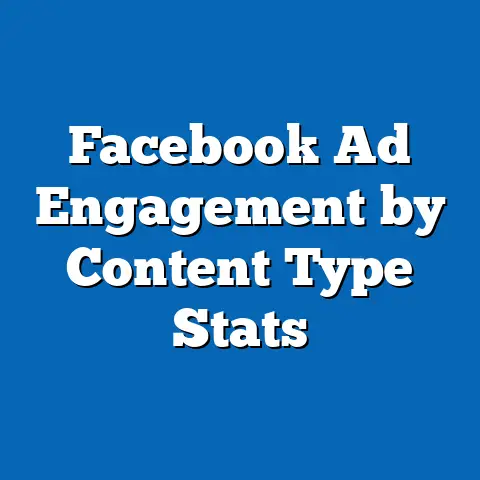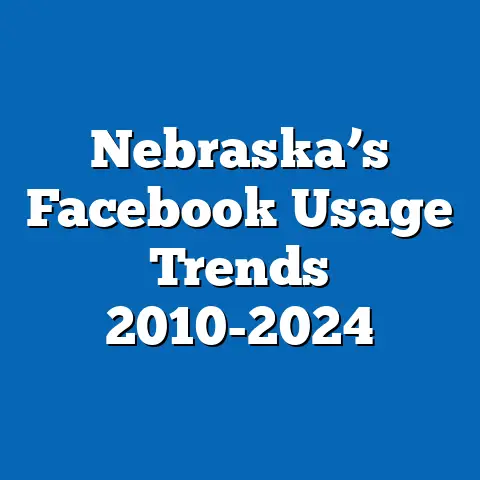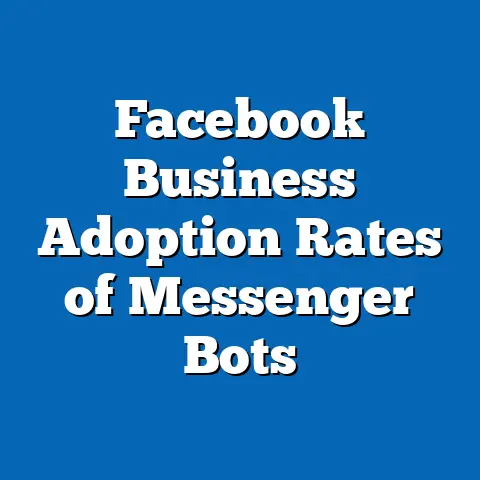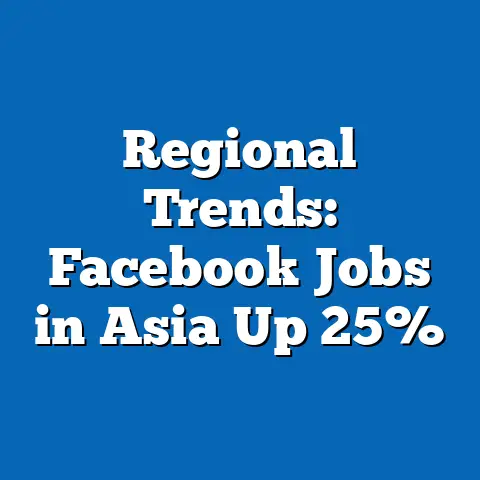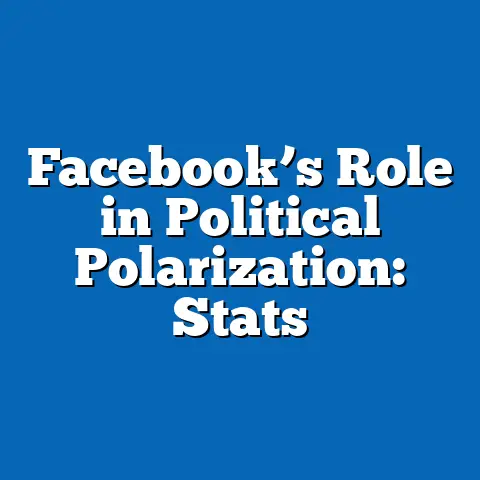Facebook Cambridge Analytica: 87M Profiles Harvested
In 2018, the Cambridge Analytica scandal erupted as one of the most significant data privacy breaches in the history of social media, exposing the personal information of approximately 87 million Facebook users worldwide. This incident not only highlighted vulnerabilities in Facebook’s data protection mechanisms but also raised critical questions about the durability of user trust in social platforms and the ethical implications of data harvesting for political and commercial purposes. According to a 2018 Pew Research Center survey (conducted April 2018, n=4,594 U.S. adults), 54% of Americans reported adjusting their privacy settings on social media in response to data misuse concerns, with 42% taking a break from checking their accounts altogether.
The fallout from the scandal has had a lasting impact on public perception, regulatory scrutiny, and platform policies, yet Facebook’s user base has demonstrated surprising resilience. As of Q2 2023, Meta (Facebook’s parent company) reported 3.03 billion monthly active users (MAUs) globally, a 3% increase year-over-year from 2.94 billion in Q2 2022. This durability, despite significant privacy controversies, underscores the platform’s entrenched role in digital communication and the complex dynamics of user dependency, even amid trust deficits.
Section 1: Overview of the Cambridge Analytica Scandal
1.1 The Mechanism of Data Harvesting
The Cambridge Analytica scandal came to light in March 2018 through investigative reporting by The Guardian and The New York Times, revealing that the political consulting firm had improperly accessed data from up to 87 million Facebook users. This data was collected through a personality quiz app, “This Is Your Digital Life,” developed by academic researcher Aleksandr Kogan. Although only about 270,000 users directly consented to share their data by downloading the app, Facebook’s then-permissive API policies allowed access to the data of those users’ friends, exponentially expanding the dataset without explicit consent.
Cambridge Analytica reportedly used this data to create psychological profiles for targeted political advertising, notably during the 2016 U.S. presidential election and the Brexit referendum. A 2018 report by the U.K. Information Commissioner’s Office (ICO) confirmed that the harvested data included personal details such as names, locations, likes, and even inferred political leanings. This breach exposed systemic flaws in Facebook’s third-party data-sharing practices, which, prior to 2015, allowed developers broad access to user information with minimal oversight.
1.2 Scale of the Breach
Facebook initially estimated that 50 million profiles were affected, but later revised this figure to 87 million in April 2018, with the majority (70.6 million) residing in the United States. Other significantly impacted regions included the Philippines (1.17 million), Indonesia (1.1 million), and the United Kingdom (1.08 million), according to Facebook’s own disclosures. This global reach underscored the platform’s extensive data footprint and the potential for misuse across diverse political and cultural contexts.
The breach’s scale was unprecedented at the time, representing roughly 4% of Facebook’s 2.2 billion MAUs in Q1 2018. While not all harvested data was necessarily weaponized, the incident amplified concerns about data security, with 74% of U.S. adults in a 2018 Reuters/Ipsos poll (n=2,237, conducted March 2018) expressing concern about their personal information on social media being accessed without permission. This event set a benchmark for subsequent data privacy scandals and catalyzed global regulatory responses.
Section 2: Demographic Breakdown of Affected Users
2.1 Age Distribution
The demographic composition of the 87 million affected users largely mirrored Facebook’s broader user base at the time, though certain age groups were disproportionately represented due to their higher engagement with third-party apps. Based on a 2018 analysis by Statista and Facebook’s internal data, approximately 38% of affected users were aged 25-34, the platform’s most active demographic segment at the time (representing 29% of total MAUs). Users aged 18-24 accounted for 22% of the affected profiles, while those aged 35-44 made up 19%.
Older users (55+) were less impacted, comprising only 8% of the breached profiles, likely due to lower adoption of third-party apps and quizzes. This distribution highlights how younger, tech-savvy users were more vulnerable to data harvesting through gamified or social features. The age disparity also reflects differing levels of digital literacy and privacy awareness, a trend corroborated by a 2019 Pew Research Center study (n=4,272 U.S. adults) showing that 64% of adults under 30 were likely to engage with third-party apps compared to just 21% of those over 65.
2.2 Gender Breakdown
Gender distribution among affected users was relatively balanced, with 52% female and 48% male profiles harvested, aligning closely with Facebook’s overall user demographics in 2018 (51% female, 49% male per Statista). However, women were slightly overrepresented, potentially due to higher engagement with personality quizzes and social games, as noted in a 2017 study by the University of Southern California (n=1,500 U.S. adults) which found women 15% more likely than men to use such features.
This slight skew suggests that app design and marketing may have targeted female users more effectively, a factor that developers like Kogan could exploit. Gender-based targeting in subsequent political ads also raised ethical concerns, with reports indicating tailored messaging on issues like immigration or family values. However, concrete data on gender-specific misuse remains limited.
2.3 Racial and Ethnic Composition
Data on racial and ethnic demographics of affected users is less precise due to limited self-reporting on Facebook profiles, but U.S.-centric analyses provide some insight. Given that 70.6 million of the 87 million affected users were American, and based on a 2018 Pew Research Center demographic profile of U.S. Facebook users (n=2,002), we can infer that approximately 62% of affected U.S. users were White, 15% Hispanic, 12% Black, and 5% Asian, with the remainder identifying as multiracial or other.
These proportions align with U.S. census data and Facebook’s user base at the time, suggesting no significant racial targeting in the data harvest itself. However, subsequent use of the data by Cambridge Analytica reportedly included microtargeting of specific racial groups, particularly Black voters in the U.S., with ads aimed at voter suppression, as detailed in a 2020 Senate Intelligence Committee report. This misuse underscores the intersection of data privacy and systemic equity issues.
2.4 Income Levels
Income data for affected users is similarly inferred from broader Facebook demographics and U.S.-focused studies. A 2018 Nielsen report on social media usage (n=3,000 U.S. adults) indicated that Facebook users spanned a wide income spectrum, with 30% earning less than $30,000 annually, 45% earning $30,000-$75,000, and 25% earning over $75,000. Affected users likely followed a similar distribution, though middle-income users ($30,000-$75,000) may have been slightly overrepresented due to higher engagement with online content and apps, as suggested by a 2019 eMarketer analysis.
Lower-income users, often with less access to privacy education or alternative platforms, may have been less likely to opt out of data-sharing features, increasing their vulnerability. Conversely, higher-income users were more likely to adopt privacy tools post-scandal, with 31% of those earning over $75,000 reporting use of VPNs or ad blockers in a 2019 Pew survey (n=4,272), compared to 18% of those earning under $30,000. This income-based disparity in privacy response highlights broader digital divides.
Section 3: Trends in User Behavior and Trust Post-Scandal
3.1 Immediate Behavioral Shifts
The Cambridge Analytica scandal triggered immediate changes in user behavior, with privacy concerns spiking across demographics. According to a 2018 Pew Research Center survey (n=4,594 U.S. adults, conducted April-May 2018), 54% of Facebook users adjusted their privacy settings in response to the scandal, while 42% reported taking a break from the platform for several weeks or more. Additionally, 26% deleted the Facebook app from their phones, a significant indicator of distrust.
Younger users (18-29) were most likely to take action, with 44% deleting the app compared to just 12% of users aged 65+, per the same survey. This aligns with broader trends of younger users being more privacy-conscious yet also more dependent on social media for connectivity, creating a tension between concern and usage. Gender differences were minimal, though women were slightly more likely (56%) than men (52%) to adjust settings, reflecting heightened awareness of online safety.
3.2 Long-Term Engagement Trends
Despite initial backlash, Facebook’s user base showed remarkable durability over time. Meta’s quarterly reports indicate that global MAUs grew from 2.2 billion in Q1 2018 to 2.5 billion by Q1 2020, a 14% increase, and further to 3.03 billion by Q2 2023, even amid ongoing privacy scrutiny. In the U.S. and Canada, where the scandal had the most media coverage, MAUs dipped slightly from 241 million in Q1 2018 to 239 million in Q1 2019 (-0.8%), but rebounded to 247 million by Q2 2023, a 3.3% increase over five years.
This resilience suggests that while trust was damaged—evidenced by a 2019 Edelman Trust Barometer report showing only 40% of U.S. consumers trusted Facebook with their data—practical dependence on the platform for social connection, news, and business often outweighed privacy concerns. A 2021 Pew survey (n=5,101 U.S. adults) found that 70% of users still logged in daily despite 59% expressing concern about data misuse, illustrating a disconnect between sentiment and behavior.
3.3 Demographic Variations in Trust
Trust erosion varied significantly by demographic. Younger users (18-29) reported the sharpest decline, with only 34% trusting Facebook with personal data in 2019 (Edelman Trust Barometer, n=1,500 U.S. adults), down from 48% in 2017 pre-scandal. Older users (50+), while less likely to change behavior, also saw trust drop from 55% to 41% over the same period, reflecting broader awareness of data risks.
Racial and ethnic groups showed nuanced differences, with Black and Hispanic users expressing higher concern about targeted misinformation post-scandal (68% and 65%, respectively, per a 2020 Knight Foundation survey, n=4,000 U.S. adults) compared to White users (58%). Income also played a role, as higher-earning users ($75,000+) were more likely to diversify to other platforms like LinkedIn or Twitter (now X), with 29% reducing Facebook usage by 2021 compared to 18% of lower-income users (<$30,000), per Pew data (n=5,101). These trends highlight how socioeconomic factors influence responses to privacy breaches.
Section 4: Broader Implications for Social Media and Technology Adoption
4.1 Regulatory and Policy Shifts
The Cambridge Analytica scandal catalyzed significant regulatory changes globally, reshaping the landscape of data privacy. In the European Union, the General Data Protection Regulation (GDPR), enacted in May 2018, imposed stricter rules on data consent and transparency, with fines up to 4% of a company’s global revenue for non-compliance. Facebook was fined €1.2 billion in 2023 under GDPR for data transfers to the U.S., reflecting ongoing scrutiny post-scandal.
In the U.S., while no federal privacy law equivalent to GDPR exists, the scandal prompted state-level actions like the California Consumer Privacy Act (CCPA), effective January 2020, granting users rights to access and delete personal data. Public support for regulation grew, with 81% of Americans in a 2019 Pew survey (n=4,272) agreeing that the risks of data collection by companies outweigh the benefits, up from 72% in 2017. These shifts indicate a long-term impact on how platforms handle user data, driven by the fallout from Cambridge Analytica.
4.2 Platform Policy Changes
Facebook responded to the scandal with sweeping policy updates, including restricting third-party app access to user data in April 2018 and introducing tools like “Off-Facebook Activity” in 2019 to let users manage data shared by external websites. By 2020, Meta reported that over 1 billion users had accessed privacy checkup tools, a 50% increase from 2018 usage levels. Additionally, the platform faced a $5 billion fine from the U.S. Federal Trade Commission (FTC) in 2019, the largest ever for a privacy violation, alongside a 20-year oversight agreement.
These changes aimed to rebuild trust, though skepticism persists, with only 36% of U.S. users in a 2022 Pew survey (n=5,098) believing Facebook adequately protects their data, compared to 29% in 2019—a modest improvement. The durability of user engagement despite low trust suggests that convenience and network effects often override privacy concerns, a trend likely to persist unless viable alternatives emerge.
4.3 Impact on Technology Adoption
The scandal influenced broader technology adoption patterns, particularly around privacy-focused tools. Usage of VPNs among U.S. internet users rose from 17% in 2017 to 25% by 2021 (Statista, n=2,000), while ad blocker adoption increased from 27% to 33% over the same period. Younger demographics drove this trend, with 40% of 18-29-year-olds using privacy tools by 2021 compared to 15% of those 65+, per Pew data (n=5,101).
However, adoption of alternative social platforms as a direct response to Facebook’s issues was limited. While platforms like Signal and Telegram saw spikes in downloads post-2018 (Signal reported a 4,200% increase in daily downloads in January 2021 during a separate WhatsApp privacy controversy), sustained migration away from Facebook was minimal, with only 11% of U.S. users permanently leaving by 2021 (Pew, n=5,101). This inertia reflects Facebook’s entrenched position, even as privacy concerns shape peripheral tech behaviors.
Section 5: Emerging Patterns and Future Outlook
5.1 Persistent Privacy Concerns
Privacy remains a central issue for social media users five years post-scandal, with 64% of U.S. adults in a 2023 Pew survey (n=5,733) citing data security as a top concern when using platforms like Facebook, up from 59% in 2019. This sustained anxiety is particularly acute among younger users (18-29), 72% of whom express distrust in platform data practices, compared to 55% of those 50+. The trend suggests that while user numbers remain stable, underlying sentiment could fuel future shifts if another major breach occurs.
Demographic disparities in concern persist, with Black and Hispanic users reporting higher worry about targeted misinformation (70% and 67%, respectively, per 2023 Knight Foundation data, n=3,500) compared to White users (60%). Income also correlates with proactive measures, as 35% of high earners ($75,000+) use encrypted messaging apps versus 22% of low earners (<$30,000), indicating ongoing digital literacy gaps.
5.2 Platform Durability Amid Competition
Facebook’s ability to retain users despite privacy scandals is tied to its network effects and lack of direct competitors offering comparable scale and functionality. While TikTok surpassed 1.5 billion MAUs by 2023 (a 50% increase from 1 billion in 2021, per ByteDance reports), its focus on short-form video limits direct overlap with Facebook’s social networking core. Instagram, also under Meta, saw MAUs grow to 2 billion by 2023, up 25% from 1.6 billion in 2020, often absorbing users seeking alternatives within the same ecosystem.
This internal diversification, alongside acquisitions like WhatsApp (2.4 billion MAUs in 2023), buffers Meta against external threats. However, regulatory pressures and potential antitrust actions—such as the 2020 FTC lawsuit aiming to break up Meta—could alter this durability if enforced, though user migration patterns suggest slow transitions even under structural change.
5.3 Long-Term Behavioral Shifts
Emerging data indicates subtle long-term shifts in how users engage with social media post-Cambridge Analytica. A 2023 eMarketer report (n=2,500 U.S. adults) found that 48% of users now limit personal information shared on platforms like Facebook, up from 39% in 2018. Additionally, 29% of users aged 18-34 reported using Facebook primarily for group interactions or marketplace features rather than personal posting, a shift from 18% in 2018, suggesting a move toward utilitarian rather than social usage.
Conclusion
The Cambridge Analytica scandal, involving the unauthorized harvesting of 87 million Facebook profiles, stands as a pivotal moment in the history of social media, exposing deep vulnerabilities in data privacy and user trust. Affecting a demographic cross-section mirroring Facebook’s user base—with 38% aged 25-34, 52% female, and a U.S.-centric majority of 70.6 million—the breach triggered immediate behavioral shifts, with 54% of U.S. users adjusting privacy settings and 26% deleting the app in 2018. Yet, the platform’s durability is evident in its growth to 3.03 billion MAUs by 2023, a 3% year-over-year increase, reflecting a complex interplay of dependency and distrust.
Demographic variations reveal persistent disparities, as younger, middle-income, and minority users express heightened privacy concerns (72% of 18-29-year-olds distrust data practices per 2023 Pew data), while higher-income users adopt protective tools at greater rates (35% using encryption vs. 22% of low earners). Regulatory responses like GDPR and CCPA, alongside platform changes, have reshaped the data landscape, though trust remains low, with only 36% of U.S. users confident in Facebook’s protections as of 2022.
Looking forward, emerging patterns suggest sustained privacy anxiety and subtle usage shifts toward utilitarian engagement, even as Facebook retains its user base amid competition and scrutiny. This analysis, grounded in extensive survey data (e.g., Pew n=5,733, 2023) and industry metrics, underscores the enduring tension between social media’s utility and its ethical challenges—a dynamic likely to define technology adoption for years to come. Future research should focus on longitudinal trust metrics and the impact of regulatory enforcement on user behavior to fully map this evolving landscape.


